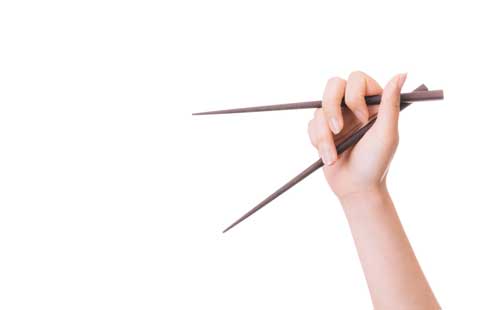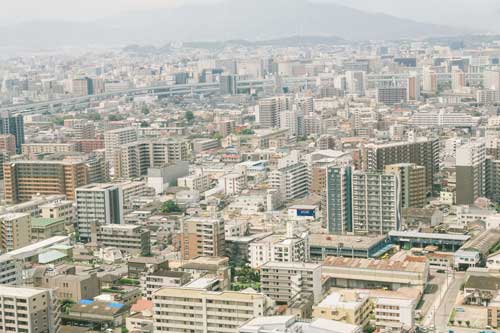Blog
2022.01.24
Japanese language
A short Introduction to Japanese Dialects
The Japanese language has many dialects. They are mainly distinguished into the two categories Eastern (including Tokyo) and Western (including Kyoto). The dialects of Kyushu and Hachijō Island are often distinguished as additional branches.
1. History of Japanese Dialects
In the Manyoshu the oldest existing collection of Japanese poetry one can find poems in different dialects. In the Edo Period the variety of dialects developed due to feudal lords restricting the movement of people.
In the 19th century, the government promoted the establishment and spread of a standard language and standard Japanese reached its peak from the 1940s to 1960s. Due to education, television, expansion of traffic, etc. now Standard Japanese has spread throughout the nation.
Standard Japanese is the Japanese taught in schools, used in television, and the language for official communication. Dialects however have not diminished. They are now valued as nostalgic and heart-warming.
2.The two main Dialects; Eastern and Western Japanese
A primary distinction exists between Eastern and Western Japanese. The dividing line between the two groups is called Itoigawa – Lake Hamana – line. They can be distinguished through differences in grammar, i.e. in Western Japanese, the negative form of verbs ends in –nu or-n whereas the Eastern Japanese form is -nai or -nee.
There also is a difference in pronunciation. An often-cited difference is the word Hashi which can mean either bridge or chopsticks. It is pronounced with an accent on the “Ha” in Eastern Japanese when you want to say chopsticks and with an accent on the “shi” when you want to say bridge. In Western Japanese, it is the other way around.

In both Eastern and Western Japanese, you can find local variants with unique features, i.e. the Japanese spoken in Osaka is slightly different from the Japanese spoken in Kyoto. If you would like to hear how the Osaka dialect sounds you can have a look at this video that dubbed a scene of a famous Disney movie in the dialect.
3. A Dialect that is even hard to understand for Natives: Kyushu Japanese
Kyushu dialects are classified into three groups, Hichiku dialect, Hōnichi dialect and Satsugu (Kagoshima) dialect. A feature of most of these dialects is that they use the question particle to, instead of no that is used in Western and Eastern Japanese.

One particular phrase from Hakata dialect that is spoken in Fukuoka City and other Hichiku dialects has become rather famous throughout Japan: “nanbashi yotto? “ Even native speakers have a hard time understanding this expression. In standard Japanese it would be “nani o shite imasu ka” which translates to “what are you doing?” in English.
4. A rare Dialect, that is vanishing: Hachijō Japanese
Hachijō Japanese refers to a small group of dialects spoken in Hachijō-jima and Aogashima, islands south of Tokyo, as well as the Daitō Islands east of Okinawa. The Hachijō dialect is quite divergent and sometimes thought to be a primary branch of Japanese. Most native speakers of this dialect are elderly, and the numbers are estimated to be in the low hundreds. Younger generations are not learning the language anymore.
We hope you found this short summary interesting. Most texts are written in standard Japanese, but our translators can deal with texts in Japanese dialects as well. If you would like to know more about our translation services, please contact us via our contact form.
If you are also interested in German dialects you can check this blog post as well.
Similar Posts
[jetpack-related-posts]



Leave a Reply